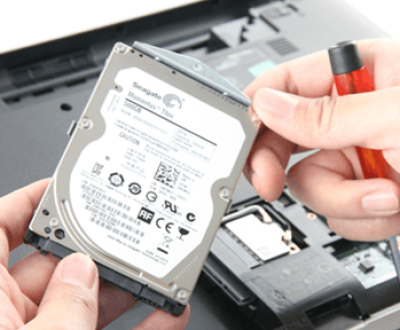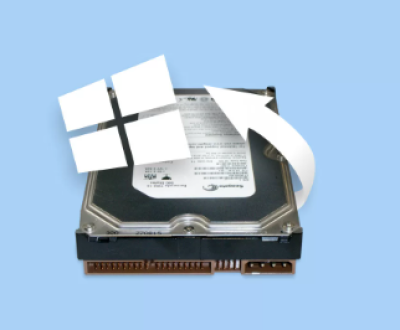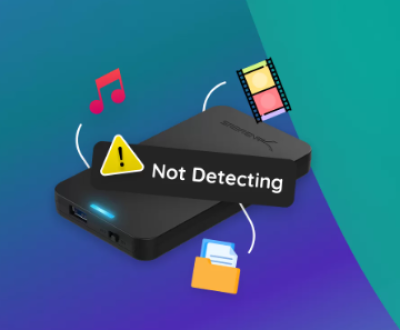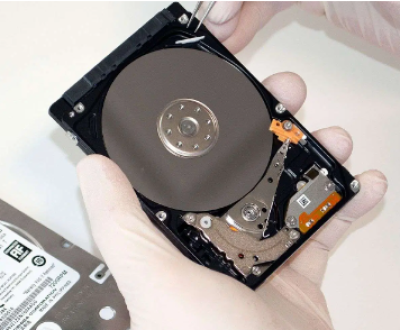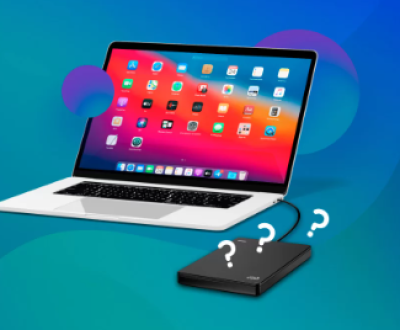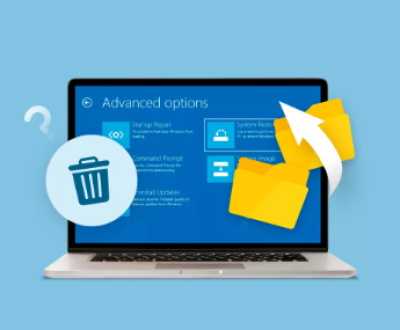With the increasing need for storage space on smartphones, tablets, and other portable devices, microSD cards have become an essential tool to extend storage capacity. For Android devices, one of the most practical solutions is formatting an SD card as internal storage. This allows you to use the SD card in a way that the device treats it as part of its main storage, thus increasing available space for apps, photos, videos, and other files.
1. What is SD Card as Internal Storage?
Before we dive into the process, it’s important to understand what “SD card as internal storage” means. Typically, SD cards are used as external storage on most Android devices, allowing you to store photos, videos, music, and other files. However, when you format the SD card as internal storage, it becomes part of your device’s system storage. This means that apps and data can be installed and stored directly on the SD card, thus freeing up space on the device’s built-in storage.

The feature of formatting an SD card as internal storage was introduced in Android 6.0 Marshmallow, but it may not be available on all devices. Once you format the card in this way, it will no longer be removable or usable on other devices without reformatting it.
2. Why Format an SD Card as Internal Storage?
There are several compelling reasons why you might want to format an SD card as internal storage. Let’s explore some of the most common benefits:
a. Increased Storage Capacity
The primary benefit is increased storage. When you run out of space on your device’s internal storage, adding an SD card allows you to store more apps, pictures, music, and data without running out of space.
b. Seamless App Storage
Some apps take up large amounts of space, especially games, social media apps, and multimedia apps. By moving these apps to the SD card, you can keep the internal storage free for critical system files, making the device run smoother.
c. Better File Management
When the SD card is formatted as internal storage, it integrates directly with your device’s storage. You don’t need to worry about managing what goes on the SD card manually — the system will handle it for you.
3. Requirements for Formatting an SD Card as Internal Storage
Before formatting your SD card as internal storage, there are a few requirements you need to meet:
a. Device Compatibility
Not all Android devices support the ability to format an SD card as internal storage. Generally, devices running Android 6.0 (Marshmallow) or later will have this feature, but it depends on the device manufacturer. Some manufacturers disable this feature due to performance considerations.
b. SD Card Specifications
To format an SD card as internal storage, the card must meet certain performance standards. Typically, you should use a Class 10 or UHS-1 card, as lower-class cards might not perform optimally as internal storage.
Additionally, the SD card should have a minimum capacity of 8GB, although 16GB or higher is recommended for better performance.
c. Backup Your Data
Before proceeding with formatting, it’s essential to back up all data on your SD card. The formatting process will erase all data on the card, and recovery can be difficult if data is lost.
4. Steps to Format an SD Card as Internal Storage on Android
Follow these step-by-step instructions to format your SD card as internal storage on Android:
a. Insert the SD Card
Insert the SD card into the device if you haven’t already done so. Make sure the card is properly recognized by the system.
b. Go to Settings
Open the Settings app on your Android device.
Scroll down and tap Storage.
c. Select the SD Card
Under the Storage section, tap the option that says SD card or External Storage.
You will see the available storage details for the SD card.
d. Choose Format as Internal Storage
Tap the three dots or options menu (usually in the top-right corner of the screen).
Select Storage settings or Format as internal.
You will be warned that formatting the card will erase all its data. Confirm that you have backed up your data before proceeding.
Tap Format to begin the process.
e. Set Up the SD Card as Internal Storage
Once the format is complete, the system will prompt you to decide whether you want to move your data to the SD card. You can choose to transfer data right away or later. The device may also suggest moving apps to the SD card automatically.
5. How It Works
After you’ve formatted your SD card as internal storage, it functions as an extension of your phone’s primary storage. Android will automatically install apps and store data on the SD card as needed. When apps are installed, they will be stored on the SD card if there is sufficient space. You will not see a separate “external storage” section for your SD card, as it now acts as part of the internal storage.
6. Advantages of Using an SD Card as Internal Storage
a. More Space for Apps and Data
The most significant benefit is having extra space for apps, games, media, and files. You can install more apps than your internal storage would normally allow.
b. No Need for Manual Data Management
Since the SD card is now part of the internal storage, Android will automatically manage how much data is placed on the SD card. You won’t have to manually move apps or files between storage locations.
c. Improved Performance for Larger Files
When you have large files (like videos or games), placing them on the SD card helps keep the internal storage optimized, improving the performance of your device.
7. Disadvantages of Formatting an SD Card as Internal Storage
While there are several advantages, there are also some potential downsides to consider:
a. SD Card is Locked to One Device
Once the SD card is formatted as internal storage, it can no longer be removed and used in other devices unless you reformat it. This means you cannot take the card out and use it as external storage on another device unless you reset it.
b. Slower Performance on Low-Class SD Cards
If you use a low-class SD card, it can affect the performance of your apps and the device. The SD card should have good read/write speeds to handle the data transfer needs for apps and system functions.
c. Potential Wear and Tear
Frequent read and write operations can wear out an SD card over time. Because the SD card is used for system storage, it might wear out faster than it would if it were used for external storage.
8. What Happens if You Remove the SD Card?
If you remove the SD card after formatting it as internal storage, your apps may stop working, or you may experience system instability. Android will notify you that the internal storage is no longer available, and you will need to reinsert the SD card for the device to function correctly.
9. How to Unformat the SD Card (Revert to External Storage)
If you no longer want the SD card to function as internal storage, you can reformat it to its original external storage functionality. Here’s how:
Go to Settings > Storage.
Select the SD card.
Tap the three dots menu and select Storage settings.
Tap Format as portable or Unformat.
Confirm the action, and the SD card will be reset to its original state.
10. Best Practices for Using SD Cards as Internal Storage
To ensure that your SD card works effectively and lasts as long as possible, consider these best practices:
a. Use High-Quality SD Cards
Always use high-quality, fast SD cards (Class 10 or UHS-1) to ensure smooth performance. Poor-quality cards may slow down your device and cause issues with app loading.
b. Avoid Filling the SD Card Completely
While it’s tempting to fill the SD card to its maximum capacity, leaving some free space ensures that the device can run smoothly without performance degradation.
c. Backup Data Regularly
Since SD cards can fail over time, it’s important to back up the data stored on the SD card regularly. Use cloud storage or other backup methods to prevent data loss.
About us and this blog
Panda Assistant is built on the latest data recovery algorithms, ensuring that no file is too damaged, too lost, or too corrupted to be recovered.
Request a free quote
We believe that data recovery shouldn’t be a daunting task. That’s why we’ve designed Panda Assistant to be as easy to use as it is powerful. With a few clicks, you can initiate a scan, preview recoverable files, and restore your data all within a matter of minutes.
Subscribe to our newsletter!
More from our blog
See all postsRecent Posts
- How to recover data from portable hard drive 2025-07-10
- How to recover data from a broken hard drive 2025-07-10
- How do i recover files from a formatted hard drive 2025-07-10

 Try lt Free
Try lt Free Recovery success rate of up to
Recovery success rate of up to

